CODA Weather News
Home » CODA News
CODA Weather News
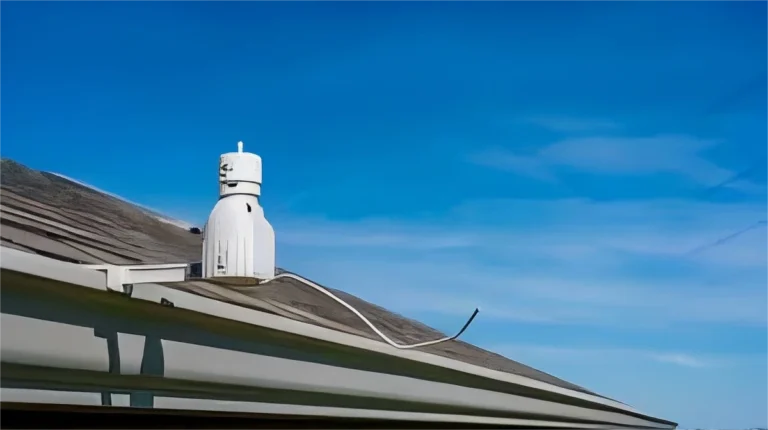
How Do Rain and Freeze Sensors Operate?
Rain and freeze sensors represent remarkable advancements in modern technology, significantly enhancing the efficiency and safety of various systems.
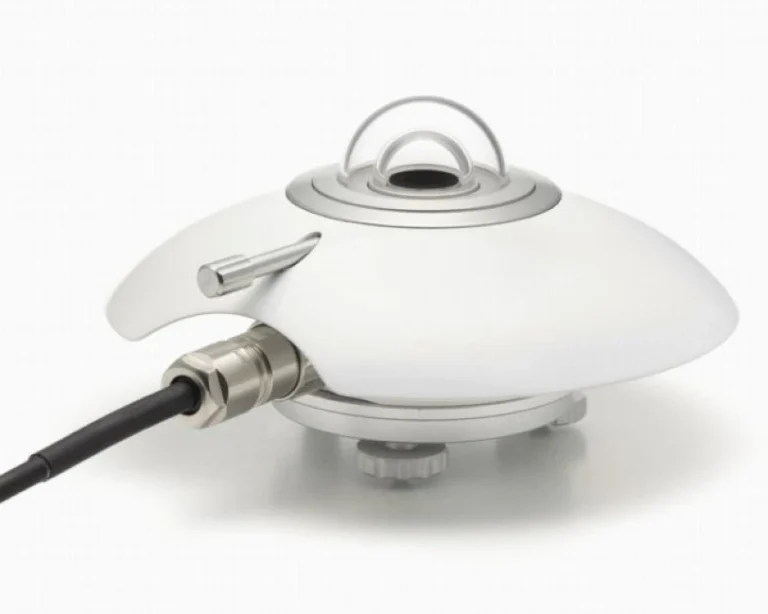
What different a solarimeter from a pyranometer?
A solarimeter is a tool that measures the total solar radiation hitting a surface. This includes both direct sunlight and scattered light.
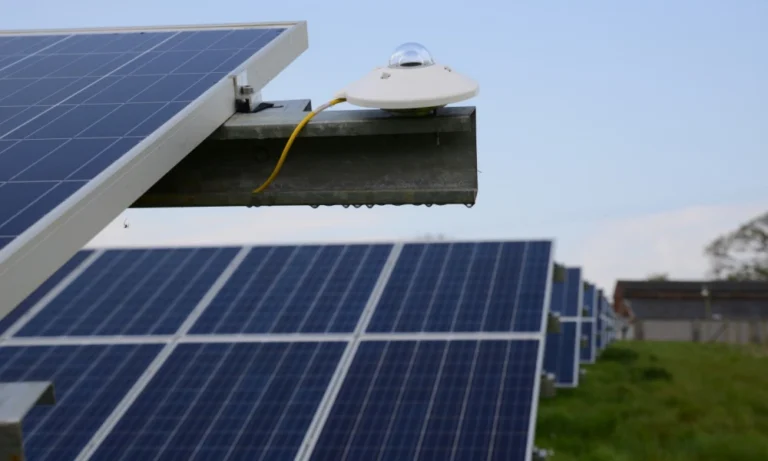
What are the advantages of a pyranometer?
A pyranometer, also called a solar intensity meter or total radiation meter, measures total solar radiation. It measures the overall energy from solar radiation per unit area, including direct, diffused, and reflected radiation.
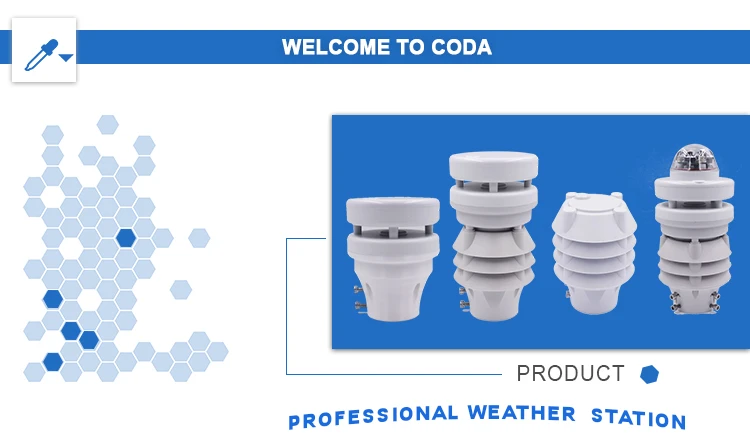
what is the Top 10 outdoor weather sensor?
Outdoor weather sensors are important for understanding the environment. People use them in personal weather stations, scientific research, and large weather monitoring networks. Engineers create these sensors to measure different weather conditions accurately.
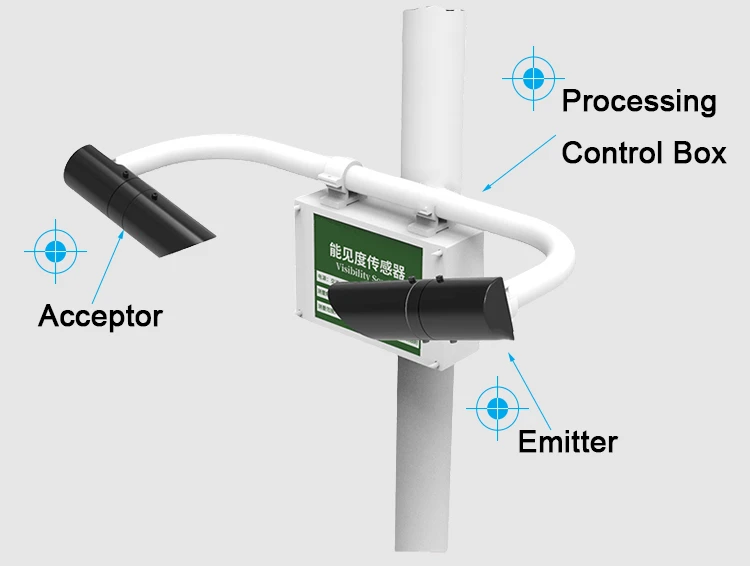
How is visibility measured? Which instrument is utilized for measuring visibility?
We define visibility as the maximum distance at which we can clearly perceive and distinguish objects in the atmosphere. Particles such as fog, dust, smoke, or water droplets often impede this perception of distance.
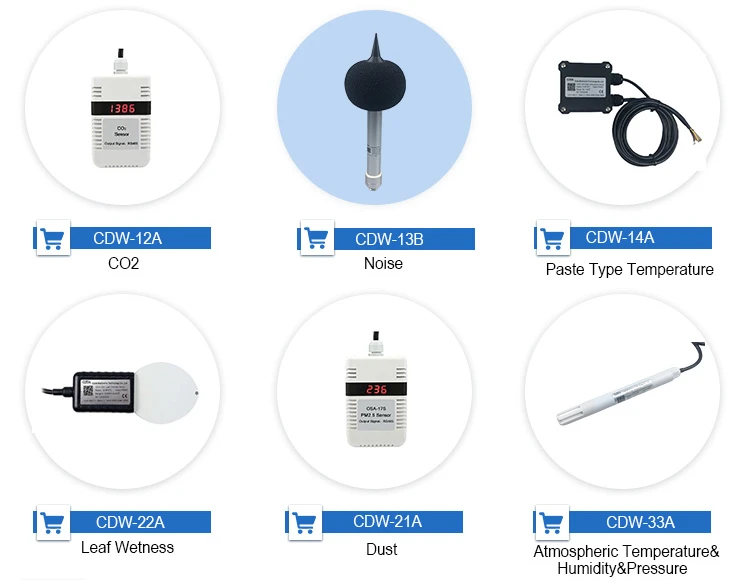
Sensors for Environmental Monitoring
Environmental monitoring sensors are instruments designed to assess and track environmental parameters, gathering data pertinent to the environment.
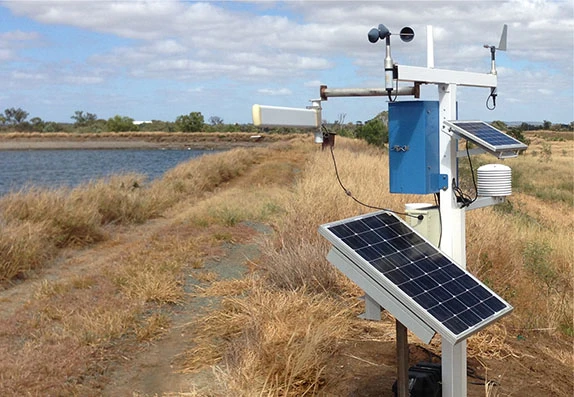
Introduction and Functions of Automatic Weather Stations
An automatic weather station is a sophisticated meteorological device designed to autonomously collect, process, and transmit data related to various weather elements. This station has sensors, data processing units, communication modules, and power systems.
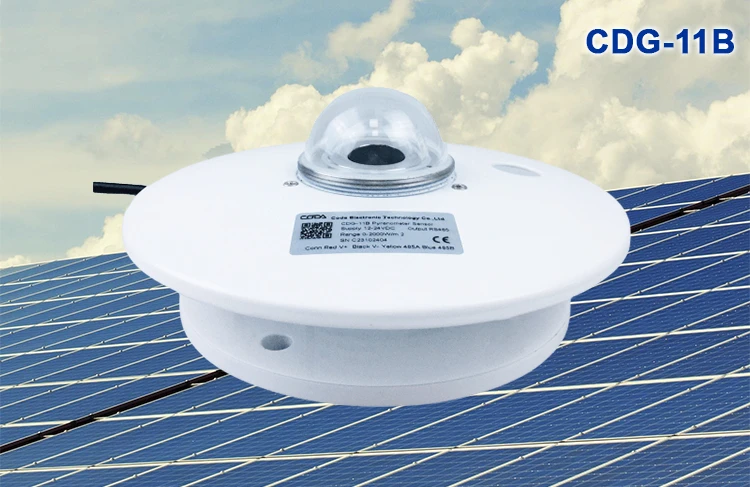
What different a pyranometer from an irradiance meter?
The pyranometer and the irradiance meter both measure solar radiation. However, they use different methods and have different purposes.
Search
Have A Question?

Welcome to Hunan CODA Electronic Technology Co., LTD
- Building S5, Oakes Plaza, Changsha, Hunan
- Monday to Friday: 9:00 a.m. to 20:00 p.m
- (+86)17775769236
- [email protected]



